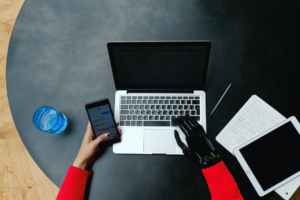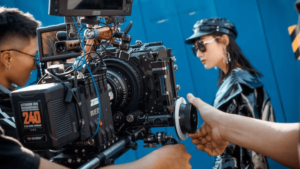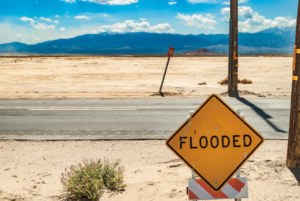Minting an NFT means converting digital data into crypto collections or digital assets recorded on the blockchain. The digital products or files will be stored in a distributed ledger or decentralized database and cannot be edited, modified, or deleted.
The process of uploading a specific item to the blockchain is known as minting, and it is similar to how one mint a real coin.

What Is an NFT?
NFTs, or non-fungible tokens, have emerged as one of the year’s breakthroughs. NFTs have been making headlines recently in a variety of venues. Many inventors, artists, and corporate behemoths are eager to capitalize on this trend. Minting is one of the most critical phases in creating an NFT.
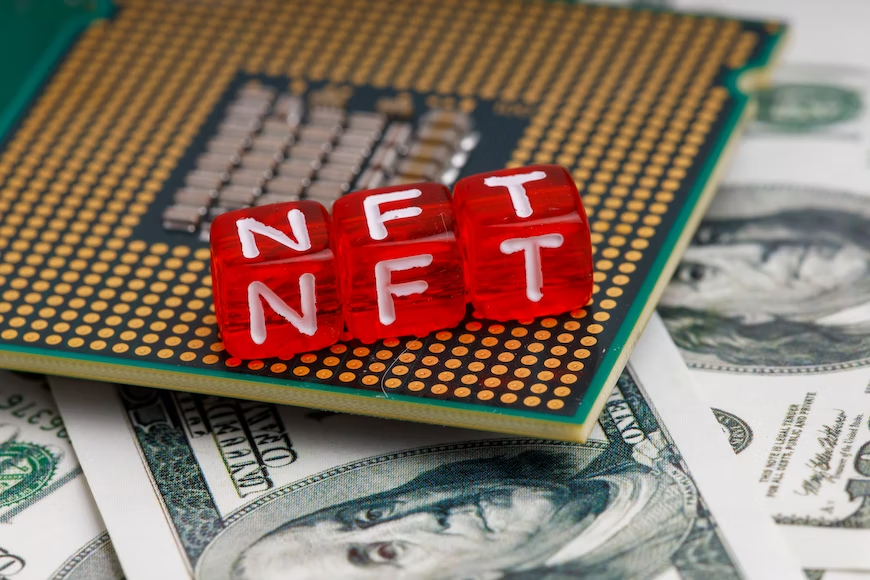
This article will describe how to mint an NFT and its fees. To learn about NFTs in detail, you can click here.
What is an NFT
How Long Does it Take to Mint an NFT?
It isn’t easy to gauge how long minting NFTs will take. However, almost all the NFT platforms, tools, and NFT marketplaces render the NFT creation process easy.
Installing a browser chrome extension called Metamask, an Ethereum wallet, is the default step for creating an account or authenticating into the major NFT marketplaces.
Converting your digital content to NFT, submitting the file to NFT markets, and advertising it for sale is similar to posting a video to YouTube, uploading a music file to Spotify, or even listing a digital item or product for sale on Amazon, eBay, or Etsy.
Upload the file (PNG, JPG, GIF, MP3, or MP4), give it a title and subtitle, add a description, set up royalties, and sell it.
Factors to Consider Before Minting an NFT
Although minting NFT might appear easy on paper, there are a few things to consider before starting. Rendering digital art into a part of the Ethereum blockchain as a public record is known as minting. This is because digital art would be immune to modification and tampering. Minting is the process of adding NFTs to a blockchain, just like minting money refers to the process of generating currencies.
Make sure that your digital artwork is adequately represented. NFT assures that the artwork can be purchased or traded on the market flexibly. It provides ownership monitoring and eventual resale or collection flexibility. Finally, the knowledge of NFTs at a fundamental level can offer a credible impression of how to approach their production and representation.
The following factors need to be considered before minting an NFT:
1. Blockchain’s Platform
The first response to the question of “how to mint an NFT?” is the several blockchains that back the NFT token standard. The following are some of the most reliable options:
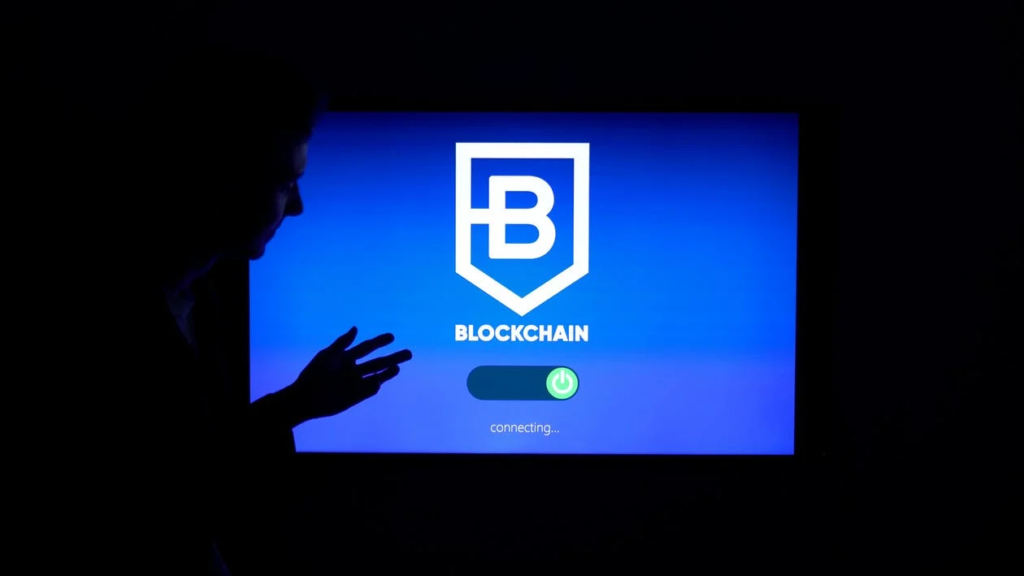
- Ethereum
- Polkadot
- Binance Smart Chain
- Tron
- EOS
- Tezos
- WAX
- Flow by Dapper Labs
- Cosmos
2. The Ecosystem of the NFT
The awareness of NFT features in the blockchain you choose is the next essential thing to consider while seeking the most affordable approach to mint NFT. Ensuring that the platform you choose can handle NFT transfers and sales across several blockchains is imperative. With each blockchain, developers should analyze the benefits and drawbacks of the NFT ecosystem.
3. An Affordable Platform
Many fervent minters would make their first attempts at creating NFTs. As a result, individuals may be looking for a way to get an NFT for free. Popular choices can be helpful in such situations. Binance Smart Chain and Ethereum are now the most used blockchain systems for minting NFTs. These two platforms’ massive scale allows them to operate as the largest NFT markets while also providing additional visibility to buyers.
4. NFT Marketplace
Finally, the most critical consideration before NFT minting is selecting an NFT marketplace. In the Ethereum blockchain case, developers may come across a large number of NFT platforms. Rarible, Mintable, and OpenSea are a few famous examples. In addition, Juggerworld, Treasureland, and BakerySwap are some of the Binance Smart Chain marketplaces.
How to Mint NFTs? A Step-by-Step Guide
OpenSea is the most popular non-fungible token exchange. Users can buy and sell NFTs on the secondary market and develop and sell their NFT collections on the primary market.

There are various steps involved in minting NFTs on OpenSea. Begin by purchasing ETH, set up and connect a crypto wallet to your OpenSea account, then upload the digital file you will be producing as an NFT. The processes of minting an NFT on the OpenSea marketplace are explained below.
1. Purchase Ethereum (ETH)
After Bitcoin, Ethereum is the most widely used cryptocurrency. Many NFT marketplaces that provide transaction services utilizing ETH attest to its popularity. However, to buy Ethereum, you must first open an account on one of your preferred trading platforms.

You can buy it from exchange platforms such as coinbase or crypto.com.
How to Buy Ethereum
2. Make a Crypto Wallet
After you have purchased some ETH, you will need to construct a crypto wallet. Then, on OpenSea, you will utilize this wallet to sell and acquire NFTs.
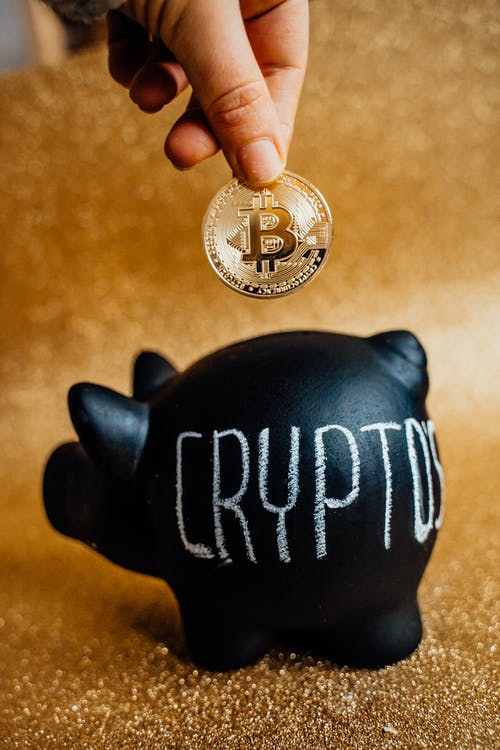
MetaMask is one of the most user-friendly wallets available. On OpenSea, this wallet is similarly the most popular. In addition, you can use the wallet to store Ethereum-based tokens once you have installed them.
3. Connect the Crypto-Wallet to OpenSea
With a few simple steps, you may now connect your newly generated wallet to OpenSea:
- In your browser, open the MetaMask plugin and input your password to unlock it.
- In the same browser, go to OpenSea, the largest NFT marketplace, and select “Profile.”
How to Mint an NFT on OpenSea?
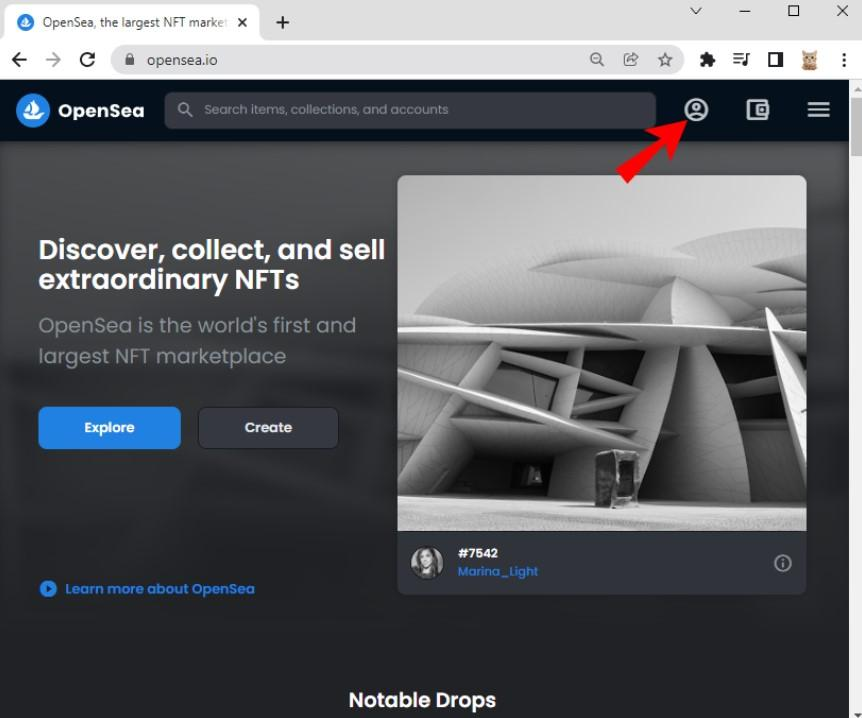
How to Connect a Crypto-Wallet to OpenSea

Image Source: OpenSea
3. Accept the terms and conditions as written.
4. To verify your account, enter your email address and username.
5. You will receive a verification email. Click the link.
Creating Your First NFT on OpenSea
It is time to produce your first NFT after setting up your wallet and connecting it to OpenSea. Pre-mint NFTs is another name for this stage. Creating a collection is the best way to go about it.
You can alter the colors, forms, and other aspects of an NFT to make it your own. Follow the steps below to make a collection:
- Choose “My Collections” from your OpenSea profile.

Image Source: OpenSea
2. Choose “Create” to Make a New Collection

Image Source: OpenSea
3. Consider this collection to be your digital art portfolio. You can add graphics, memes, or even lovely kitten pics.
Minting an NFT on OpenSea
It is simple to add NFTs to your first NFT collection once completed. Follow the instructions outlined below:
- Open the collection you have created.
- Select “Add New Item” from the drop-down menu.
- Add a name to the NFT and upload it.
- Fill in the item’s attributes, levels, and other information.

If that is the case, choose “Create.”
How to Mint an NFT on Rarible?
With Rarible’s growing popularity, the marketplace introduces a new function that will undoubtedly benefit artists and producers. “Lazy Minting” is the name of this feature. The steps are easier to follow. Here is how to get started:
- Connect your crypto wallet to Rarible.com.
- Click “Create” and enter all of the information about the NFT you wish to make.
- Choose “Free minting” from the drop-down menu.
- Click “create item” and use your wallet to sign the free permission.
- Voila! You may now mint for free and with ease.
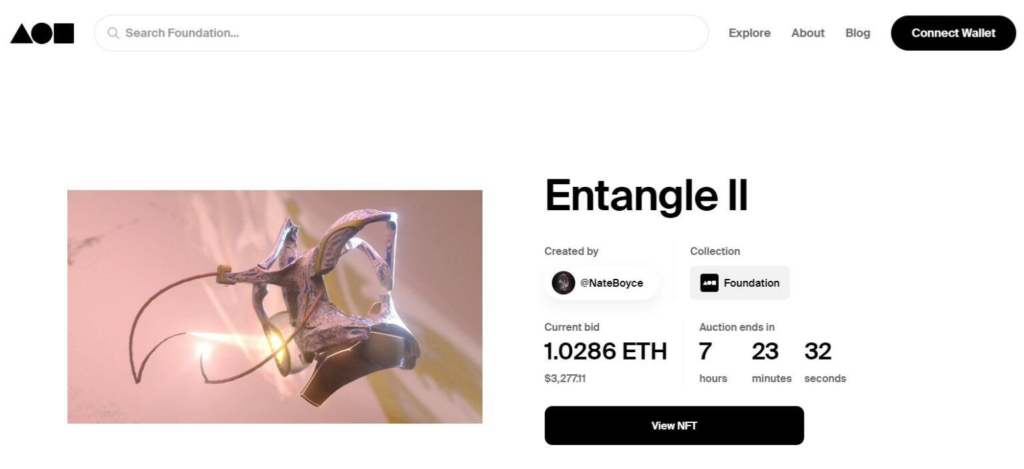
Image Source: Rarible
After completing the purchase transaction, the NFT will be minted in your wallet and automatically transferred to the new owner. This market is ideal for newcomers who are still perplexed by the NFT jargon.
Cost to Mint an NFT on OpenSea?
Before making their first transaction, all OpenSea users must pay fees at two levels. This fee is not set in stone, and you can manage it if you know what you are doing.
OpenSea charges fees in Ethereum (ETH). The price depends on the current value of the cryptocurrency you are using.
The first price charged for setting up your account to begin selling is between US$70 and US$300. The second transaction, which grants OpenSea access to the NFTs you create, costs $10 and $30.
How to Mint on OpenSea for Free?
Fees for Minting on Foundation
Foundation typically takes 15% of the final selling price, and the gas cost is something you will have to budget for ahead of time. In general, gas expenses can be costly if many users transact simultaneously.
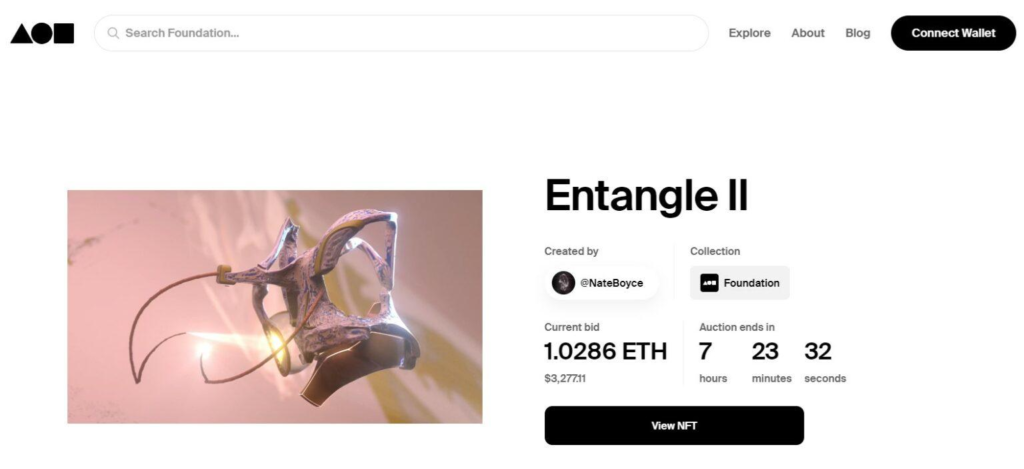
Image Source: Foundation
Minting Fee on Rarible
The platform Rarible charges a 2.5 percent service fee per sale. On the other hand, the seller may pay the entire cost by issuing 5% of the final price.

Image Source: Rarible
The good news is that Rarible has launched a new “lazy minting” function that allows artists, makers, and amateurs to create NFTs for free. It means that minting an NFT does not require any funds from your crypto wallet. This new functionality will surely be an excellent choice for authors seeking an accessible alternative to mint NFT.
Other Sources to Mint NFTs
SuperRare is an online marketplace that promises to be the largest non-traditional marketplace for digital art, allowing users to buy and sell one-of-a-kind digital artworks. The Ether cryptocurrency is used for all transactions (minting, buying, and selling) (ETH).
How to Mint on SuperRare?
BakerySwap is an NFT marketplace that houses digital art and online gaming items backed by the Binance Smart Chain blockchain. BAKE tokens are the platform’s basic payment tokens. Minting and later selling NFT is a straightforward process.
How to Create NFT on BakerySwap?
Ethereum powers KnownOrigin. It is a marketplace for digital artwork. Here, you can upload your digital art in GIF or JPG formats. The files are kept on IPFS (Interplanetary File System).
How to Create an NFT on KnownOrigin?
What Happens After an NFT Is Sold?
When a new NFT is established, you ensure that the artwork’s ownership is recorded on the Ethereum blockchain, a decentralized digital database or distributed ledger that is visible and impossible to manipulate.
Each NFT has its own set of metadata, accessed on the distributed ledger by people globally, in real-time.
You can set an initial selling price for your NFT, program the royalties you want to receive in commission when your work is sold, quickly market your creation on social media or even your blog, or do a ‘drop’ – set up a timed auction and wait for bids on your NFT.
If someone is interested in purchasing your NFT after you have listed it for sale, they can bid for it. The records will be made public if you accept the offer. Then, the NFT token is transferred to the new owner, recording the owner’s identity and the trade’s history or details on Ethereum’s blockchain.
How to Buy/Sell NFTs?
You will need a cryptocurrency wallet (Metamask, Trust Wallet, or Coinbase Wallet), much like the TokenMaker, and then you will need to deposit some Ether (ETH) into it.
WePlay Collectibles also use Ethereum. It is simple to purchase one-of-a-kind digital art from WePlay Collectibles, and you can do it through the Binance NFT marketplace. If you already have one, you can use your Binance account to buy and sell digital art in the market. If you have not already signed up for Binance, do so now and create your digital wallet to store cryptocurrency, collect digital art, and more.
You will need ETH, BNB, or BUSD in your Binance wallet to buy NFTs. You can bid on any non-fungible tokens accessible on the Binance NFT marketplace after crediting your wallet with any of these cryptocurrencies.
How to Buy/Sell NFTs?
Cheaper Ways to Mint NFIs
Of course, knowing the days or times when gasoline prices are lower than usual is essential for saving money and paying the lowest costs.
Fortunately, you can use a tool like Gas Tracker to keep track of your gas costs at any time. You can find this site by googling when you want to find out when the best time is to mint NFT at a lower price.
Conclusion
Some digital producers may gain profit quickly by generating NFTs. Still, keep in mind that this movement is still in its infancy. The online creator economy was an early adopter of NFTs. For artists, musicians, content producers, video game developers, and others, the ability to subserviently monetize work long after the actual sale can be a game-changer. Minting and selling NFTs, on the other hand, should not be a get-rich-quick scam. This way will need some upfront fees to sell your digital assets, and there is no assurance that anyone will want to buy your work.
Nonetheless, converting your digital labor into a blockchain-based asset is a field that has the potential to disrupt the way creators are compensated. The realm of NFTs is worth trying if you are an artist or a digital entrepreneur.
